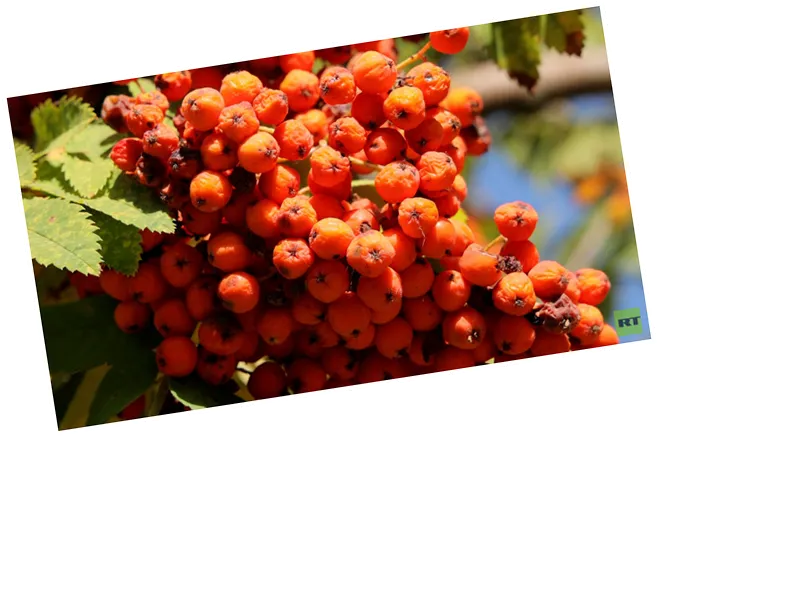Rowan Berries: A Seasonal Harvest in Russia
The end of September and the beginning of October mark the traditional season for the ripening and harvesting of rowan berries in the central zone of Russia. As the first frosts approach, the bitterness of the berries diminishes, prompting many to wait for a frost before gathering them. This seasonal change signifies the optimal time for collection and processing, making it a crucial period for foragers and culinary enthusiasts alike.
The Diversity of Rowan: Varieties and Uses
Rowan trees, particularly the common rowan, are widespread across Russia, thriving in the European region and extending into Siberia. Notably, the Nevezhinskaya rowan, celebrated for its sweetness and lack of bitterness, is a national treasure. Its fruits are ideal for tinctures, jams, and even medicinal infusions. The versatility of rowan extends beyond culinary uses; its gelling properties allow for the creation of marmalade and pastille, while its berries serve as a vital food source for birds and other wildlife during winter.
Cultural Significance and Gardening Tips
Rowan trees hold a special place in Russian culture, often associated with folklore and literature. They are admired for their beauty, especially when adorned with scarlet berries in autumn. For gardeners looking to cultivate rowan, it is recommended to select a sunny location and choose from a variety of seedlings, including the classic Nevezhinskaya and pomegranate varieties. Planting in spring is ideal, allowing gardeners to monitor growth and provide necessary care as the seasons change.





